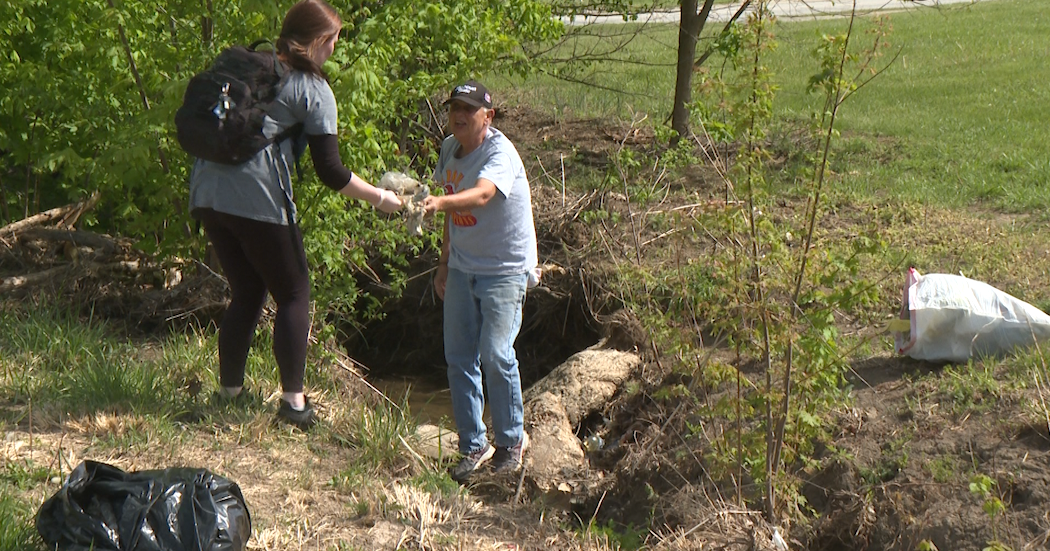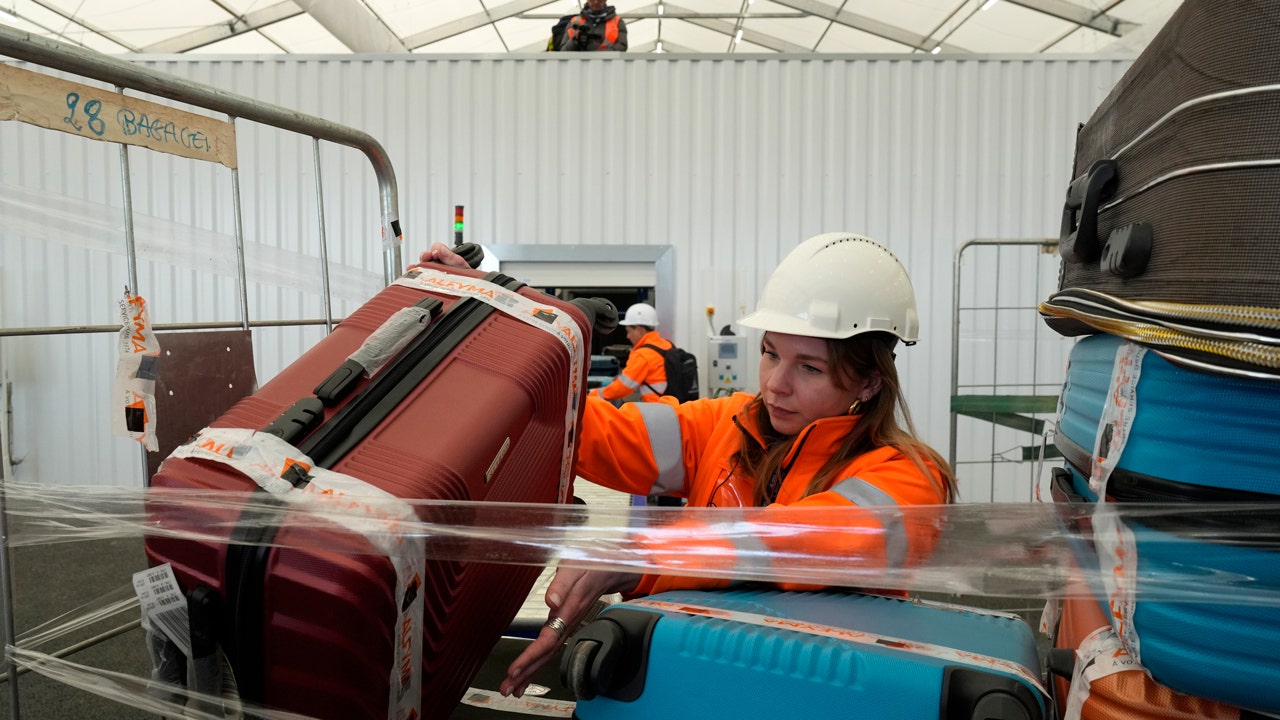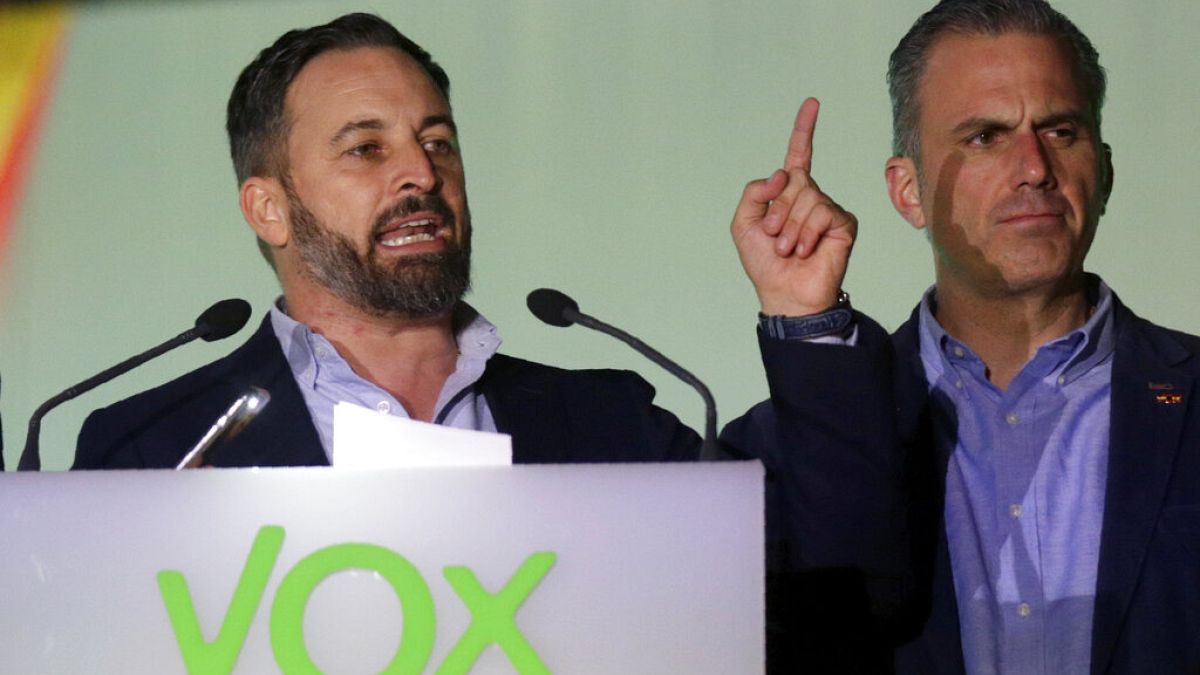The Biden administration finalized nursing home staffing rules Monday that will require thousands of them to hire more nurses and aides — while giving them years to do so.
The new rules from the Centers for Medicare & Medicaid Services are the most substantial changes to federal oversight of the nation’s roughly 15,000 nursing homes in more than three decades. But they are less stringent than what patient advocates said was needed to provide high-quality care.
Spurred by disproportionate deaths from COVID-19 in long-term care facilities, the rules aim to address perennially sparse staffing that can be a root cause of missed diagnoses, severe bedsores, and frequent falls.
“For residents, this will mean more staff, which means fewer ER visits potentially, more independence,” Vice President Kamala Harris said while meeting with nursing home workers in La Crosse, Wisconsin. “For families, it’s going to mean peace of mind in terms of your loved one being taken care of.”
When the regulations are fully enacted, 4 in 5 homes will need to augment their payrolls, CMS estimated. That includes roughly two-thirds in Missouri.
But the new standards are likely to require slight if any improvements for many of the 1.2 million residents in facilities that are already quite close to or meet the minimum levels.
“Historically, this is a big deal, and we’re glad we have now established a floor,” Blanca Castro, California’s long-term care ombudsman, said in an interview. “From here we can go upward, recognizing there will be a lot of complaints about where we are going to get more people to fill these positions.”
The rules primarily address staffing levels for three types of nursing home workers. Registered nurses, or RNs, are the most skilled and responsible for guiding overall care and setting treatment plans. Licensed practical nurses, sometimes called licensed vocational nurses, work under the direction of RNs and perform routine medical care such as taking vital signs. Certified nursing assistants are supposed to be the most plentiful and help residents with daily activities like going to the bathroom, getting dressed, and eating.
While the industry has increased wages by 27% since February 2020, homes say they are still struggling to compete against better-paying work for nurses at hospitals and at retail shops and restaurants for aides. On average, nursing home RNs earn $40 an hour, licensed practical nurses make $31 an hour, and nursing assistants are paid $19 an hour, according to the most recent data from the Bureau of Labor Statistics.
CMS estimated the rules will ultimately cost $6 billion annually, but the plan omits any more payments from Medicare or Medicaid, the public insurers that cover most residents’ stays — meaning additional wages would have to come out of owners’ pockets or existing facility budgets.
The American Health Care Association, which represents the nursing home industry, called the regulation “an unreasonable standard” that “creates an impossible task for providers” amid a persistent worker shortage nationwide.
“This unfunded mandate doesn’t magically solve the nursing crisis,” the association’s CEO, Mark Parkinson, said in a statement. Parkinson said the industry will keep pressing Congress to overturn the regulation.
Richard Mollot, executive director of the Long Term Care Community Coalition, a New York City-based advocacy nonprofit, said “it is hard to call this a win for nursing home residents and families” given that the minimum levels were below what studies have found to be ideal.
The plan was welcomed by labor unions that represent nurses — and whom President Joe Biden is counting on for support in his reelection campaign. Service Employees International Union President Mary Kay Henry called it a “long-overdue sea change.” This political bond was underscored by the administration’s decision to have Harris announce the rule with SEIU members in Wisconsin, a swing state.
The new rules supplant the vague federal mandate that has been in place since the 1980s requiring nursing homes to have “sufficient” staffing to meet residents’ needs. In practice, inspectors rarely categorized inadequate staffing as a serious infraction resulting in possible penalties, federal records show.
Starting in two years, most homes must provide an average of at least 3.48 hours of daily care per resident. About 6 in 10 nursing homes are already operating at that level, a KFF analysis found.
The rules give homes breathing room before they must comply with more specific requirements. Within three years, most nursing homes will need to provide daily RN care of at least 0.55 hours per resident and 2.45 hours from aides.
CMS also mandated that within two years an RN must be on duty at all times in case of a patient crisis on weekends or overnight. Currently, CMS requires at least eight consecutive hours of RN presence each day and a licensed nurse of any level on duty around the clock. An inspector general report found that nearly a thousand nursing homes didn’t meet those basic requirements.
Nursing homes in rural areas will have longer to staff up. Within three years, they must meet the overall staffing numbers and the round-the-clock RN requirement. CMS’ rule said rural homes have four years to achieve the RN and nurse aide thresholds, although there was some confusion within CMS, as its press materials said rural homes would have five years.
Under the new rules, the average nursing home, which has around 100 residents, would need to have at least two RNs working each day, and at least 10 or 11 nurse aides, the administration said. Homes could meet the overall requirements through two more workers, who could be RNs, vocational nurses, or aides.
Homes can get a hardship exemption from the minimums if they are in regions with low populations of nurses or aides and demonstrate good-faith efforts to recruit.
Democrats praised the rules, though some said the administration did not go nearly far enough. Rep. Lloyd Doggett (D-Texas), the ranking member of the House Ways and Means Health Subcommittee, said the changes were “modest improvements” but that “much more is needed to ensure sufficient care and resident safety.” A Republican senator from Nebraska, Deb Fischer, said the rule would “devastate nursing homes across the country and worsen the staffing shortages we are already facing.”
Advocates for nursing home residents have been pressing CMS for years to adopt a higher standard than what it ultimately settled on. A CMS-commissioned study in 2001 found that the quality of care improved with increases of staff up to a level of 4.1 hours per resident per day — nearly a fifth higher than what CMS will require. The consultants CMS hired in preparing its new rules did not incorporate the earlier findings in their evaluation of options.
CMS said the levels it endorsed were more financially feasible for homes, but that assertion didn’t quiet the ongoing battle about how many people are willing to work in homes at current wages and how financially strained homes owners actually are.
“If states do not increase Medicaid payments to nursing homes, facilities are going to close,” said John Bowblis, an economics professor and research fellow with the Scripps Gerontology Center at Miami University. “There aren’t enough workers and there are shortages everywhere. When you have a 3% to 4% unemployment rate, where are you going to get people to work in nursing homes?”
Researchers, however, have been skeptical that all nursing homes are as broke as the industry claims or as their books show. A study published in March by the National Bureau of Economic Research estimated that 63% of profits were secretly siphoned to owners through inflated rents and other fees paid to other companies owned by the nursing homes’ investors.
Charlene Harrington, a professor emeritus at the nursing school of the University of California-San Francisco, said: “In their unchecked quest for profits, the nursing home industry has created its own problems by not paying adequate wages and benefits and setting heavy nursing workloads that cause neglect and harm to residents and create an unsatisfactory and stressful work environment.”
KFF Health News is a national newsroom that produces in-depth journalism about health issues and is one of the core operating programs at KFF—an independent source of health policy research, polling, and journalism. Learn more about KFF.













/cdn.vox-cdn.com/uploads/chorus_asset/file/25216041/Model3_64_crop.jpg)

















